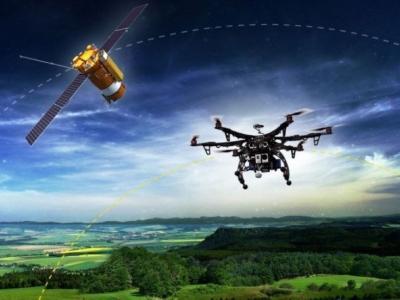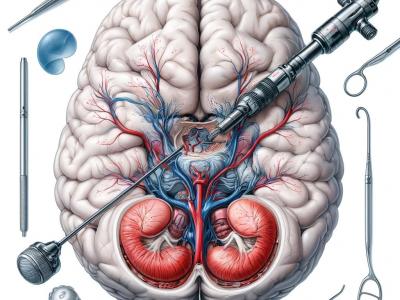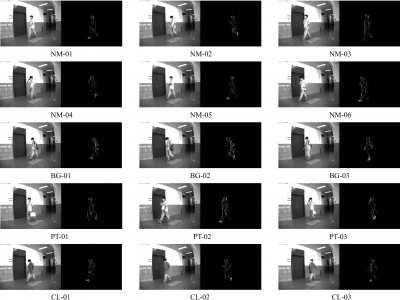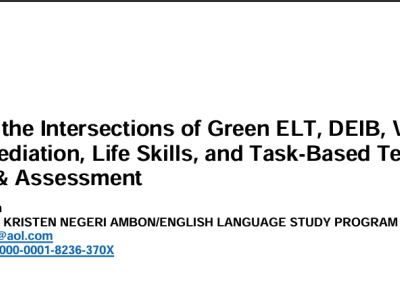Artificial Intelligence
Dataset Description
This dataset, named MultiSense, is designed to enhance disaster response by providing comprehensive data from multiple sources. It comes in two versions: balanced and unbalanced. The dataset consists of five distinct classes, each representing different types of events or conditions:
-
Syria Earthquake: This class includes imagery and video footage related to earthquake damage. The data captures the aftermath of seismic events, showcasing various degrees of destruction.
- Categories:
 237 Views
237 ViewsThis dataset consists of 462 field of views of Giemsa(dye)-stained and field(dye)-stained thin blood smear images acquired using an iPhone 10 mobile phone with a 12MP camera. The phone was attached to an Olympus microscope with 1000× objective lens. Half of the acquired images are red blood cells with a normal morphology and the other half have a Rouleaux formation morphology.
- Categories:
 845 Views
845 ViewsThis dataset comprises 1718 annotated images extracted from 29 video clips recorded during Endoscopic Third Ventriculostomy (ETV) procedures, each captured at a frame rate of 25 FPS. Out of these images, 1645 are allocated for the training set, while the remainder is designated for the testing set. The images contain a total of 4013 anatomical or intracranial structures, annotated with bounding boxes and class names for each structure. Additionally, there are at least three language descriptions of varying technicality levels provided for each structure.
- Categories:
 388 Views
388 Views
To develop radio frequency-based drone recognition, we release an RF spectrogram dataset, named DroneRFb-Spectra. All signals of drones were collected by a Universal Software Radio Peripheral (USRP) device, recording three Industrial Scientific Medical (ISM) bands under urban scenarios. The classes cover 7 common brands, i.e., DJI, Vbar, FrSky, Futaba, Taranis, RadioLink, and Skydroid, with a total number of 14460. Each spectrogram has been downsampled to the size of 512x512 from the original IQ data with a length of 50ms by using the short-time Fourier transform.
- Categories:
 686 Views
686 ViewsThis is the first multi-view, semi-indoor gait dataset captured with the DAVIS346 event camera. The dataset comprises 6,150 sequences, capturing 41 subjects from five different view angles under two lighting conditions. Specifically, for each lighting condition and view angle, there are six sequences representing normal walking (NM), three sequences representing walking with a backpack (BG), three sequences representing walking with a portable bag (PT), and three sequences representing walking while wearing a coat (CL).
- Categories:
 85 Views
85 Views¢This study delves into the connections between green ELT, DEIB, virtual reality, mediation, life skills, and task-based teaching, learning, and assessment in the context of sustainable and inclusive education. The study emphasizes the significance of incorporating ecological concepts into language instruction, advocating for diversity, fairness, and inclusivity in learning environments, and using virtual reality technology to augment language acquisition.
- Categories:
 141 Views
141 Views
Human facial data hold tremendous potential to address a variety of classification problems, including face recognition, age estimation, gender identification, emotion analysis, and race classification. However, recent privacy regulations, such as the EU General Data Protection Regulation, have restricted the ways in which human images may be collected and used for research.
- Categories:
 330 Views
330 Views
This is a dataset about minimizing maritime passenger transfer in ship routing. Consists of data on the distance between ports, the number of passengers from the port of origin to the port of destination, ships speed, and the duration of berthing at ports.
- Categories:
 403 Views
403 Views
This archive includes three popular traffic datasets: Abilene, GEANT, and TaxiBJ.
Abilene and GEANT is network traffic datsets and TaxiBJ is urban traffic datset.
This archive includes three popular traffic datasets: Abilene, GEANT, and TaxiBJ.
Abilene and GEANT is network traffic datsets and TaxiBJ is urban traffic datset.
This archive includes three popular traffic datasets: Abilene, GEANT, and TaxiBJ.
Abilene and GEANT is network traffic datsets and TaxiBJ is urban traffic datset.
- Categories:
 814 Views
814 Views
The rise in Generative Artificial Intelligence technology through applications like ChatGPT has increased awareness about the presence of biases within machine learning models themselves. The data that Large Language Models (LLMs) are trained upon contain inherent biases as they reflect societal biases and stereotypes. This can lead to the further propagation of biases. In this paper, I establish a baseline measurement of the gender and racial bias within the domains of crime and employment across major LLMs using “ground truth” data published by the U.S.
- Categories:
 298 Views
298 Views



